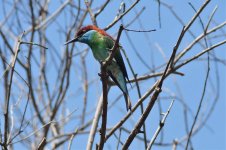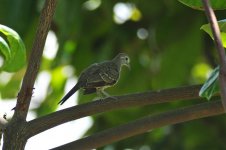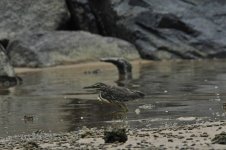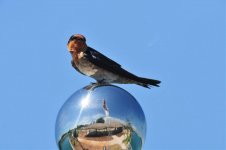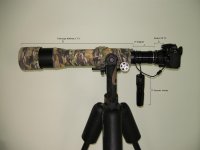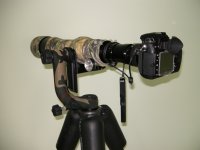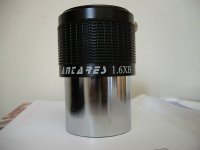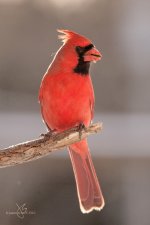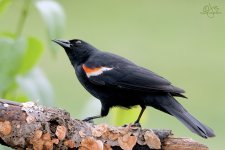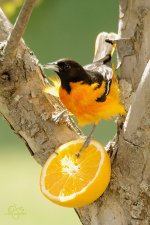Either way from single shots to burst mode, finger and remote triggered all produces similar results and extreme low keeper rates.
Heron - ISO400, 1/320s
Bee Eater - ISO200, 1/200s
Dove - ISO200, 1/40s
Swallow - ISO200, 1/160s
Here's the link to this gimbal. Once you have found the setting / adjustments, the whole setup will be in a balanced manner in which when all knobs are free, you can tilt the lens up or down to the max. allowable angle it will stay there. Except when you have to focus all the way in or out which affects the equilibrium again.
http://www.tripodhead.com/products/wimberley-main.cfm
Hi TBC. Following this thread it seems you are getting much good advice, and the IQ in your shots is improving noticeably. That said, I wanted to add some words of wisdom if you are interested. I don't believe anyone responded to this quoted post, regarding your shutter speeds, but I thought I'd interject. I shoot with a pair of older Canon DSLRs and usually opt for my longest lens, a Sigma 150-500mm ƒ6.3 DG OS.
What immediately caught my attention was how slow your shutter speeds are for birds. Admittedly, the 1/320 isn't completely unreasonable for a heron, but the other timings are quite slow, in my opinion. Small birds usually require a minimum of 1/500 just to keep up with their rapid movements, and often 1/1000 is a preferred starting point. A slight jitter from a bird can translate to a blur that almost appears like an out of focus shot. There are always exceptions, of course. But I would far prefer to push my ISO setting, than shoot too slow of a shutter speed. It is true that 100% crops of high ISO images will show more noise and reduce the effective "per pixel" resolution. But I've honestly almost never found it to be a problem in real world use. I've printed numerous images at 16"x20" at ISO settings of 1600 on my old Canon 350D with no visual degradation. Of course, noise reduction software is helpful, but not always necessary. I'm often baffled why there is such a negative opinion among photographers with ISO settings above 400. 15 years ago it was an issue. Today it isn't. I digress, though. Almost as important is the fact that you have a long heavy scope, and no matter how sturdy it is, it will transfer vibrations to the image...especially with a barlow or TC attached. That's a another reason to consider faster shutter speeds.
Another thing I notice in your images is how underexposed many of them are. It personally took me a while, myself, to learn how to expose properly with my own equipment. Honestly, exposing of the image is part of the art form, to a degree, and different people will have different philosophies. However, I have found through practice that slightly over exposing is generally needed on digital sensors to properly capture the mid-tones. If you shoot in raw, you can usually recover what appear as slightly overexposed highlights. As a rule, I typically shoot in aperture priority mode, set my exposure compensation to +2/3, and push my ISO as high as I need to get at least 1/500 sec. If I'm shooting black birds I'll compensate +1 or more. By the way, as a bonus, a slight overexposure actually does a good job of hiding some of the noise that comes from higher ISO.
Sorry for the long post. I'll post a couple images that I took at higher ISO settings so you can see what I mean.




